Money doesn’t always mean splurging – some wealthy people stay rich because they spend wisely. Frugal folks have a special talent for knowing what’s worth their hard-earned cash and what’s just a waste.
Whether they’re saving for retirement or simply enjoy being smart with money, these budget-conscious individuals have homes that reflect their practical values in surprising ways.
1. New Furniture
Secondhand treasures fill the homes of penny-pinchers who understand quality doesn’t require the ‘new item’ price tag. Many frugal homeowners proudly display vintage pieces with character and craftsmanship that outshine modern particle-board alternatives.
Rather than paying full retail prices, they scour estate sales, thrift stores, and online marketplaces for solid wood pieces that stand the test of time. A gently used couch might save thousands while offering identical comfort.
When something breaks, repair comes before replacement. You’ll often spot cleverly restored items with stories to tell rather than the latest catalog offerings.
2. Name-Brand Products
Generic alternatives line the shelves where budget-conscious individuals make their homes. From pantry staples to cleaning supplies, these savvy savers recognize that fancy packaging often masks identical ingredients at inflated prices.
Walking through their bathrooms reveals store-brand toiletries that perform just as effectively as their heavily marketed counterparts. Medicine cabinets contain affordable generics rather than pricey pharmaceuticals with identical active ingredients.
Smart shoppers know the secret: many generic products come from the same factories as premium brands but without the advertising costs passed on to consumers. The savings add up substantially over time.
3. Designer Home Decor
Creativity trumps costly catalogs in the homes of thrifty individuals. Instead of splurging on overpriced designer pieces, they showcase personal photographs, handmade crafts, or meaningful souvenirs collected during life’s adventures.
Artwork often comes from local artists, thrift stores, or their own creative endeavors. You might spot beautifully framed children’s artwork or nature photography taken during family hikes.
Wall decorations frequently tell stories of personal connections rather than designer pedigrees. A frugal person finds greater value in items with emotional significance than those with prestigious labels attached to their hefty price tags.
4. A Million Streaming and Subscription Services
Entertainment choices reflect careful curation in cost-conscious households. Unlike homes where multiple streaming services drain monthly budgets, frugal individuals typically select just one or two options that provide the most value for their specific interests.
Library cards often replace paid subscriptions, offering free access to books, movies, and educational resources. Many budget-minded folks rotate services seasonally – subscribing only when specific shows release new episodes, then canceling until needed again.
Community resources like free concerts, museum discount days, and public programming fill entertainment calendars without recurring charges. The savings from eliminating subscription overload can amount to hundreds annually.
5. Decorative Pillows
Functionality reigns supreme in the bedrooms and living spaces of economical homeowners. While trendy interior design might showcase beds buried under mountains of purely decorative cushions, budget-conscious individuals typically stick to just the pillows actually used for sleeping or comfort.
Those unnecessary accent pillows that end up tossed on the floor every night represent wasted money and storage space to the frugally-minded. When decorative elements do appear, they serve dual purposes – perhaps seasonal covers for existing pillows rather than additional ones.
Practical thinking leads to questions like “Will this actually improve my comfort?” before any pillow purchase.
6. Matching Towels
Mismatched functionality characterizes bathroom linen closets in thrifty households. While perfectly coordinated towel sets might look magazine-worthy, budget-savvy individuals recognize this as unnecessary spending when each towel dries just as effectively regardless of its color scheme.
Practicality guides purchases – towels get replaced individually when worn out rather than as complete sets. You’ll often discover a collection acquired gradually through sales, gifts, or particularly good deals.
Quality matters more than appearance to frugal homeowners who understand that durability translates to long-term savings. They’ll happily use that odd blue towel alongside the newer beige ones if it still performs its essential function.
7. Unnecessary Appliances
Kitchen counters remain surprisingly clear in homes where every purchase faces scrutiny. Absent are the single-purpose gadgets that clutter most kitchens – no avocado slicers, banana hangers, or specialized egg cookers taking up valuable space.
Versatile tools earn their keep through regular use and multiple functions. A quality chef’s knife replaces numerous slicing gadgets; a durable blender handles tasks that might otherwise require several specialized machines.
Before bringing home any kitchen tool, thrifty cooks consider whether existing equipment could accomplish the same task. This thoughtful approach saves not just money but also precious storage space and cleaning time.
8. Excessive Holiday Decor
Seasonal celebrations take a quality-over-quantity approach in budget-conscious households. Instead of storage units bursting with decorations for every holiday, you’ll notice carefully selected pieces that hold special meaning or serve multiple seasons.
Handmade ornaments often replace store-bought collections, creating traditions around crafting rather than consuming. Natural elements like pinecones, branches, or seasonal flowers provide free, environmentally friendly alternatives to plastic decorations.
Many frugal decorators master the art of versatility – white lights work year-round, and simple wreaths transform with small seasonal additions. The focus shifts from impressing neighbors to creating meaningful celebrations without the financial hangover.
9. Single-Use Products
Reusable alternatives dominate in environmentally conscious, budget-friendly homes. Cloth napkins replace paper versions, durable water bottles stand in for disposable plastic, and washable cleaning cloths eliminate the need for endless paper towel rolls.
Sustainability and savings go hand-in-hand with these thoughtful choices. Though the initial investment might be higher, the long-term financial benefits become substantial when calculated over months and years of use.
Kitchen drawers reveal silicone food storage bags instead of disposable plastic ones. Bathroom cabinets might contain safety razors with replaceable blades rather than plastic disposables. These small changes reflect both environmental values and financial wisdom.
10. TVs in Every Room
Intentional entertainment spaces characterize homes where mindful spending guides decisions. Rather than placing televisions in bedrooms, kitchens, and bathrooms, frugal homeowners typically designate one primary viewing area that serves the household’s needs.
This approach saves not just on the initial purchase costs but also on ongoing electricity usage and potential cable/streaming service fees for multiple devices. Many budget-conscious families find this limitation encourages more reading, conversation, and creative pursuits in non-TV spaces.
Bedrooms become sanctuaries for rest rather than screen time, and family members gather together rather than isolating with individual devices. The financial and social benefits multiply over time.
11. Single-Use Coffee Pods
Morning routines reveal financial priorities through brewing methods in thrifty kitchens. Traditional coffee makers or French presses replace the convenience of expensive single-serve pods that can cost up to ten times more per cup than ground coffee.
Cost calculations matter to economical individuals who recognize that small daily expenses compound significantly over time. A typical pod user might spend over $800 annually, while traditional brewing methods cost closer to $100 for the same consumption.
Environmental considerations often align with financial ones – reusable filters eliminate waste while cutting costs. Some particularly resourceful coffee lovers even save used grounds for garden fertilizer, extracting maximum value from every purchase.


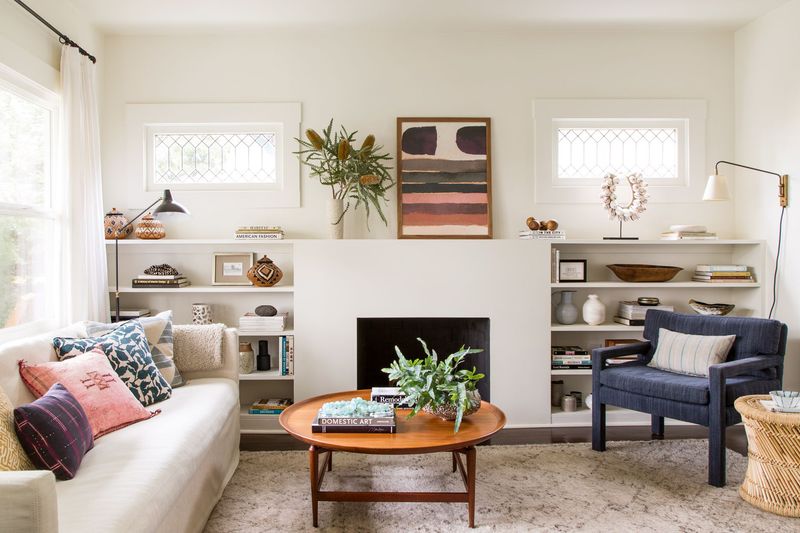

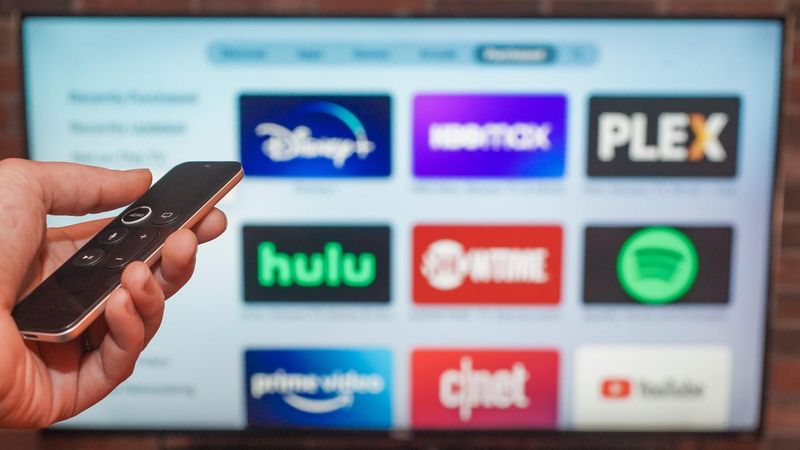
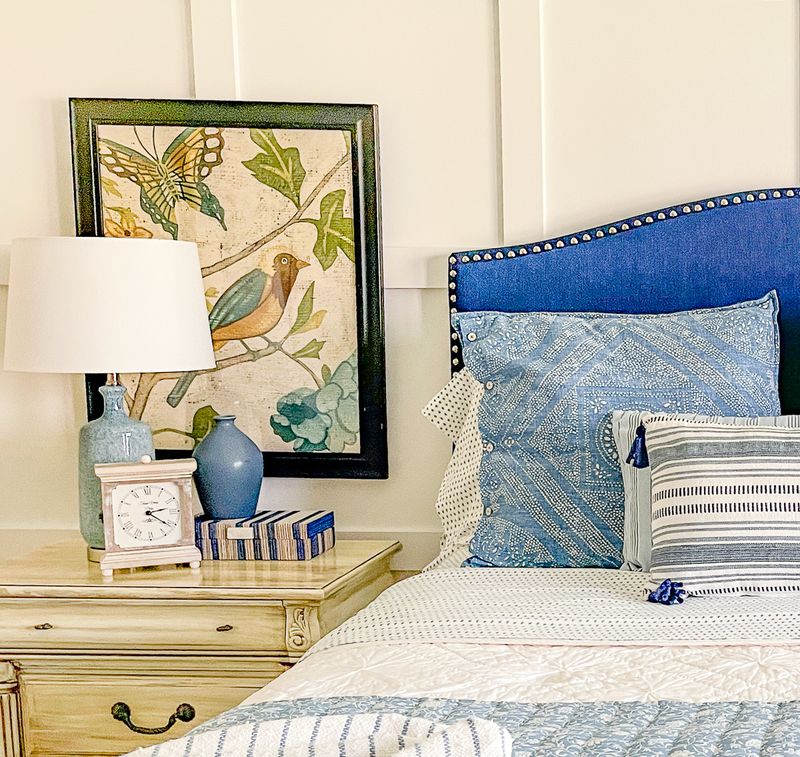
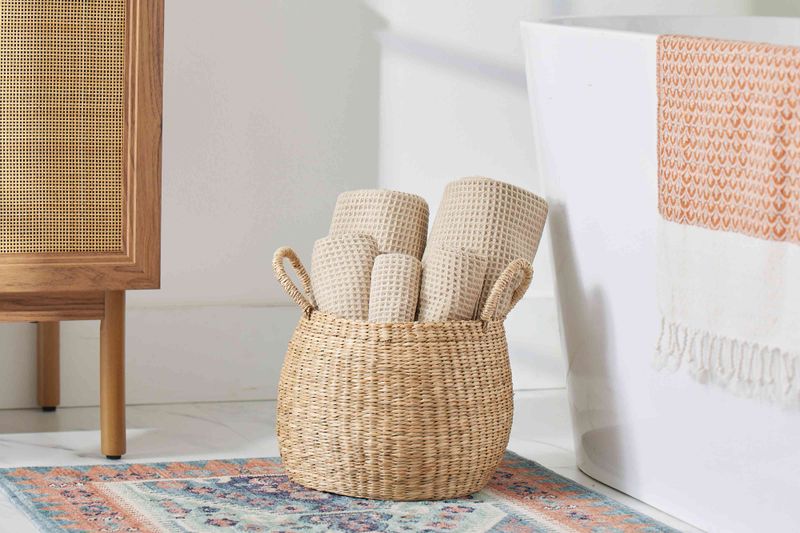
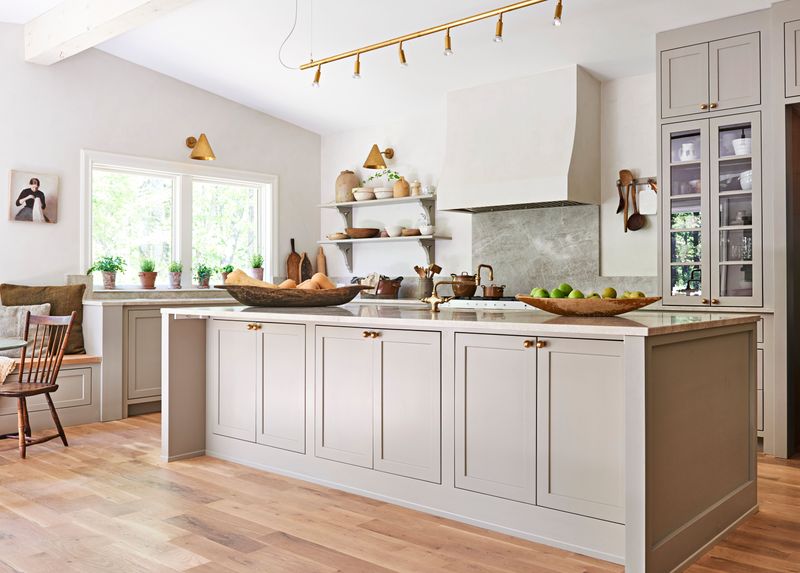
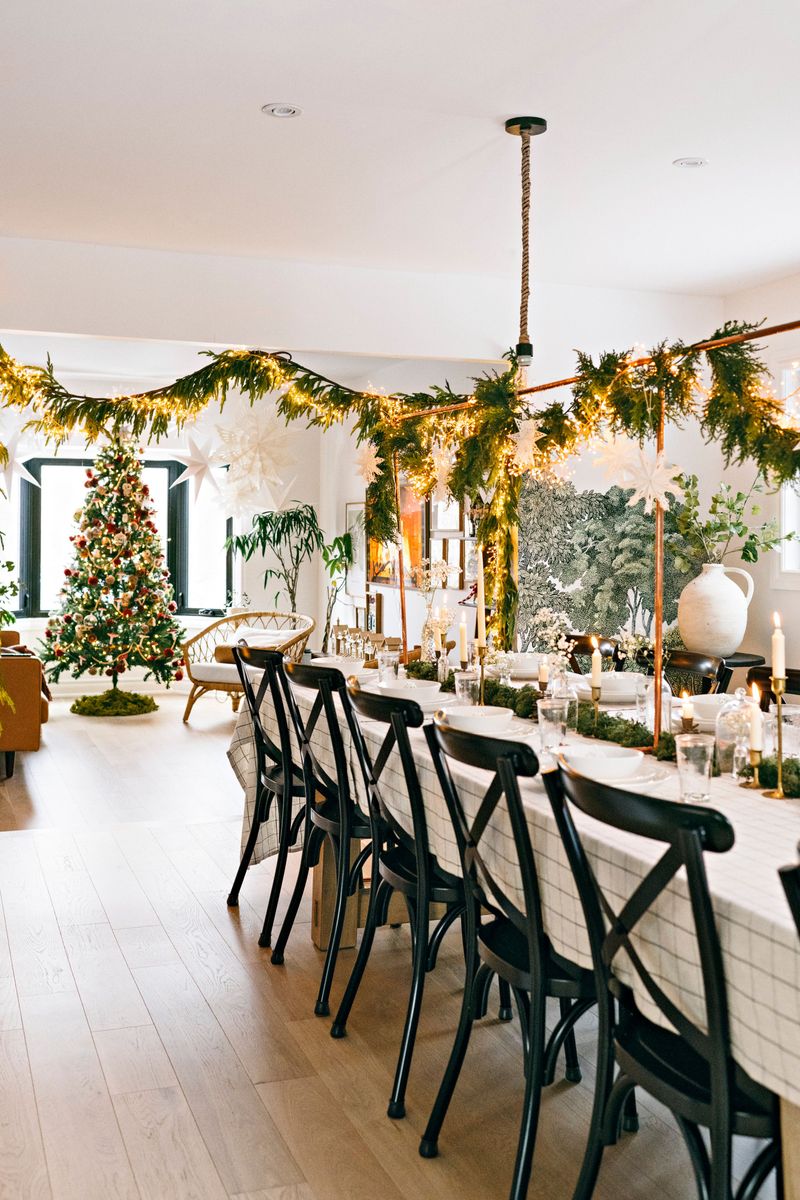

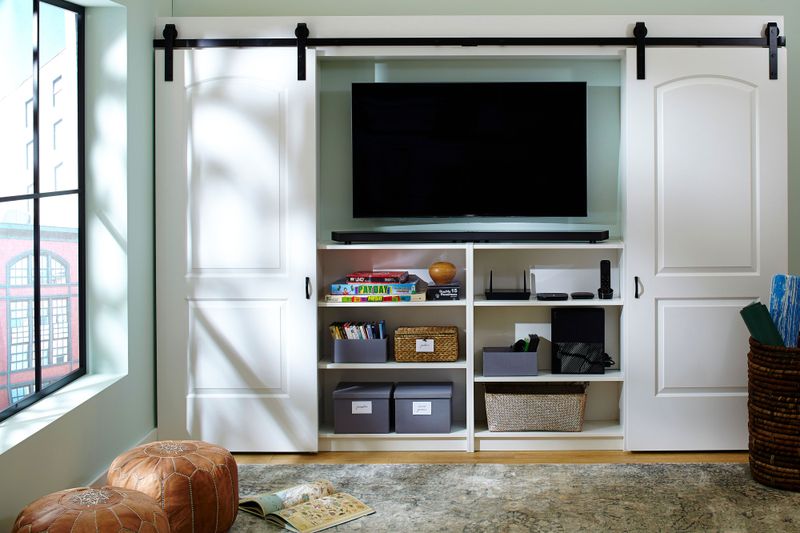

Comments
Loading…